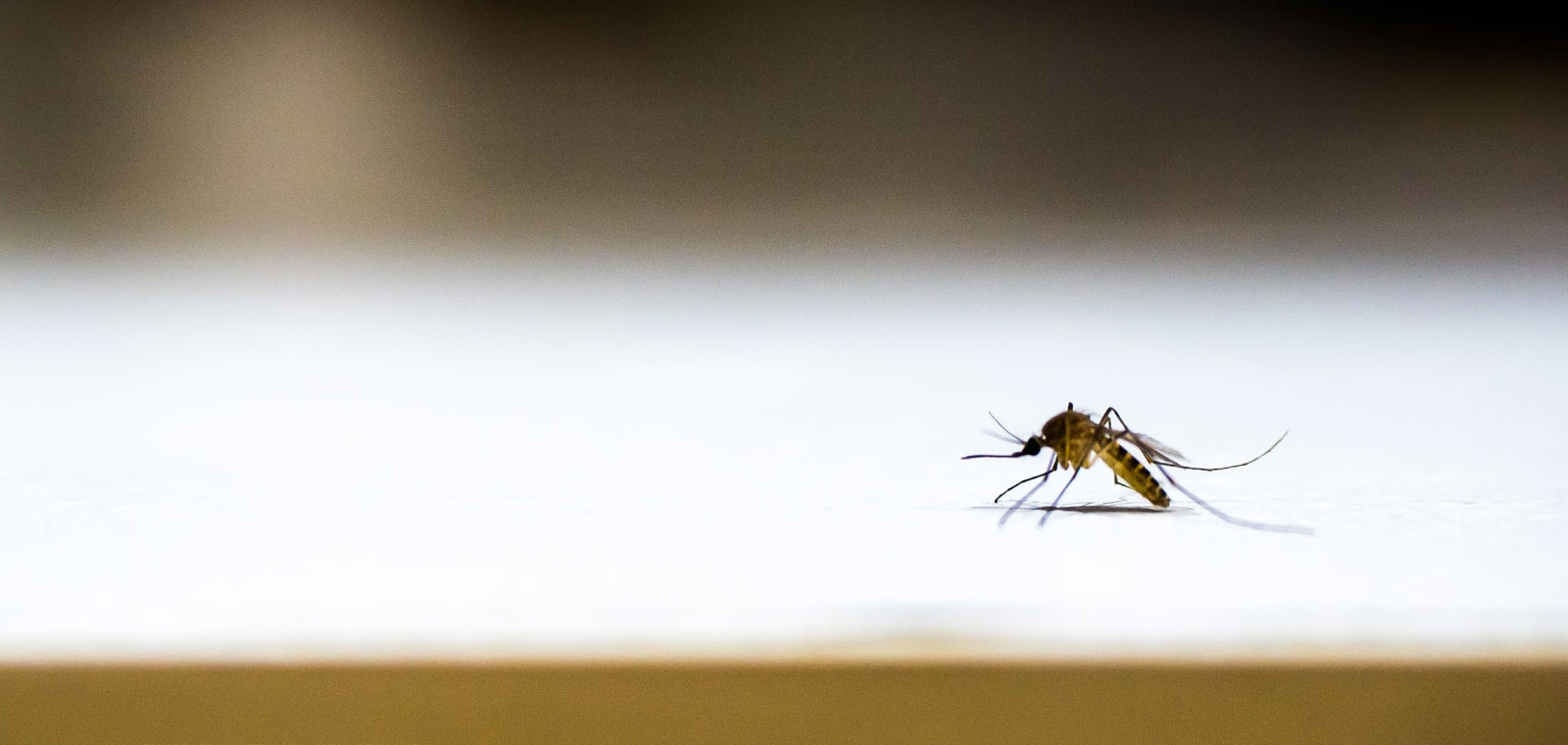
Today is World Malaria Day. In a tumultuous world because of coronavirus, we should not forget that more diseases need our attention. Every year more than 450,000 people die of malaria. That’s more than a thousand people a day!
The World Health Organization (WHO) recently stressed that the prevention of malaria infection must also continue in times of the coronavirus pandemic. Unfortunately, that is easier said than done. Countries with high levels of malaria also often have fragile health care systems and limited resources. Nelke Manders, general director of MSF (Doctors Without Borders), has recently raised awareness for this in the Dutch television program Buitenhof.
Vaccine
Scientists hope to develop a vaccine (and medicines) against coronavirus within two years. Unfortunately, this process could take much longer. Take malaria for example. For more than 40 years scientists have been working on a vaccine against this disease. In Africa, an experimental vaccine is currently being tested on a large scale, but it’s already clear this vaccine does not yet provide full protection. Simultaneously, efforts are being made to develop new medicines. The parasite is becoming less and less sensitive to current drugs and we also don’t have the right drugs for certain types of malaria, including a dormant form of the parasite which hides in the liver. The latter is something researchers at BPRC have been working on for years. This happens as follows.
What we do in a monkey
Malaria parasites have a complex life cycle … part of it in mosquitoes and part of it in humans. Some parts we can simulate in a culture dish, other parts we can’t. One of the things, for example, that is not yet possible is to culture the parasite form which is transmitted by the mosquito. Fortunately, progress is being made. At this moment it means we still have to infect a monkey with blood-stage parasites. The parasites then multiply in red blood cells. After nearly two weeks we can draw a tube of blood from that monkey to collect the parasites which allows us to continue in the mosquito. Because we only performed a blood infection, we can cure the monkey with current drugs. And that’s what we do in order to prevent the monkey from developing any symptoms. In the next step we need the mosquito to get our hands on the parasite form which can infect liver cells, because our research focusses on finding drugs against the dormant form of the liver parasite.
What we do in mosquitoes
The infected blood is given to malaria mosquitoes in our lab. After the blood meal, the mosquitoes go into a climate chamber with a tropical climate for two weeks. The parasites will further develop in mosquitoes until they end up in the salivary glands. These are the parasites we want to culture. We kill the mosquitoes by spraying them with alcohol. After this, we perform a mosquito dissection, which basically means we take the mosquitoes apart to remove the salivary glands.
New drugs
Parasites are then isolated from the salivary glands. We can infect liver cells with isolated parasites in the lab. To investigate whether new experimental drugs inhibit the dormant form of liver parasites, we add the drugs to the liver cell culture with these parasites.
Recently we have published a method we hope to use in the future to test experimental drugs even more quickly.
More information
This video shows how the research described above works.
If you would like to read more about our research at BPRC, including malaria, please visit this link.

